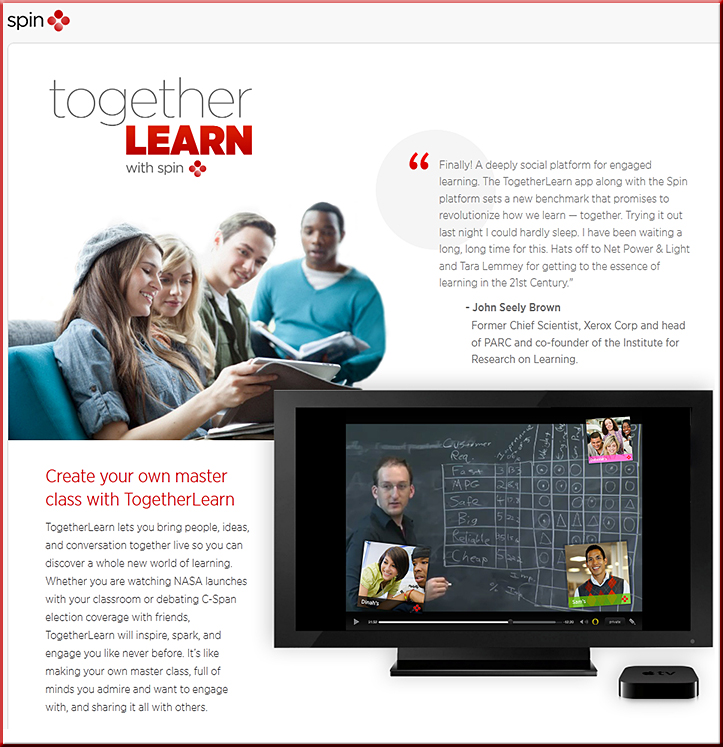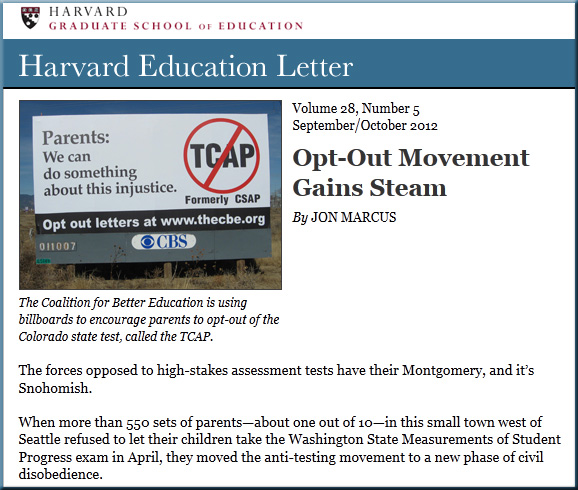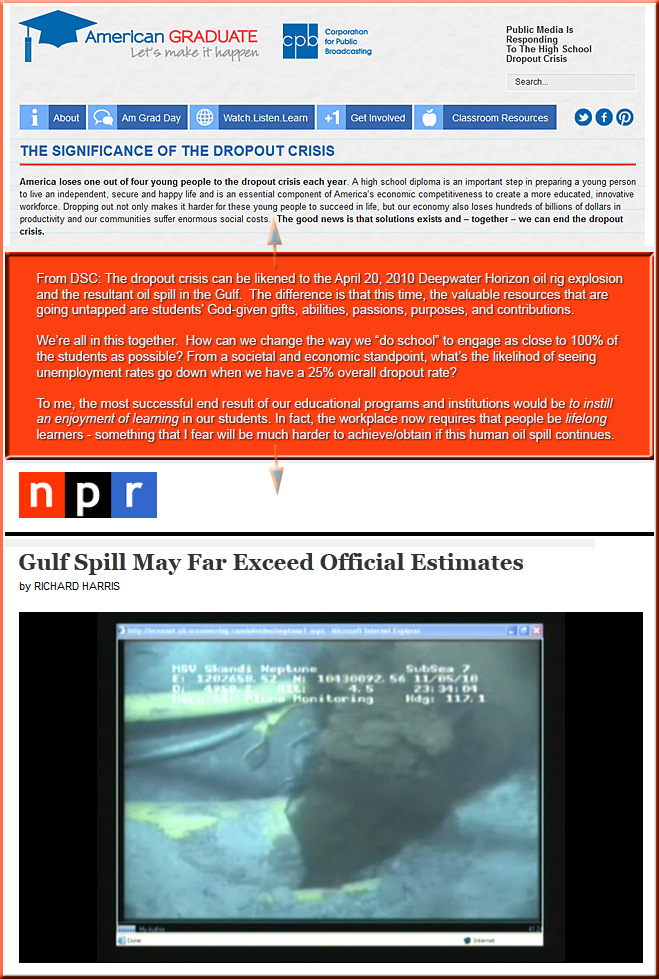Also see:
- Inspiring the next generation of thinkers — from edudemic.com (added this link on 11/19/12)
- Creativity should be taught like Math or Science — from Adobe by Jon Perera, Vice President, Adobe Education
.
Excerpt:
Around the world, educators are fostering creative thinking with their students. We see this every day across both K-12 and higher education in compelling, engaging ways. I remembera 4th grade reading class that I attended where the teacher read aloud to students while sitting around a “virtual campfire” she’d created with iMovie – the students loved it. At the same time, we hear a lot about a growing emphasis on, “teaching to the test” that can sometimes result in a decreased focus on creativity – we think this is a huge problem for our students and for the global economy. College-educated professionals agree. I wanted to share newly-released results of what more than 1000 college graduates say about the importance of creativity in education.











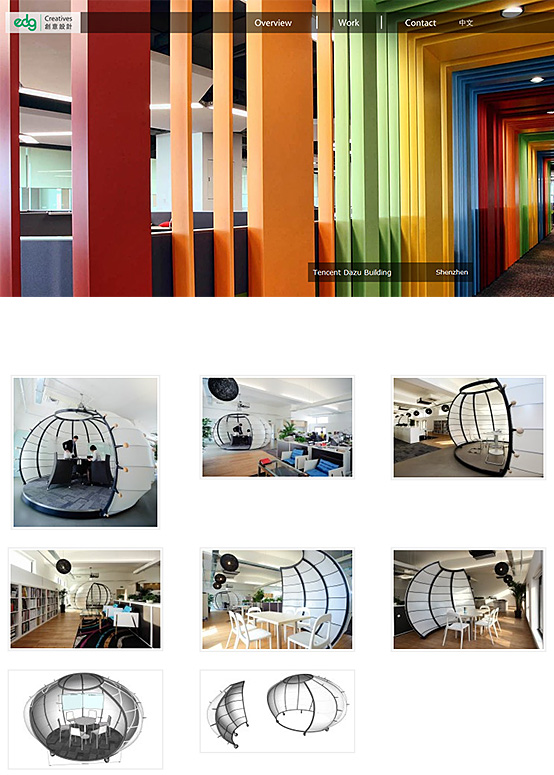

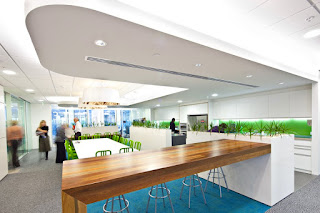
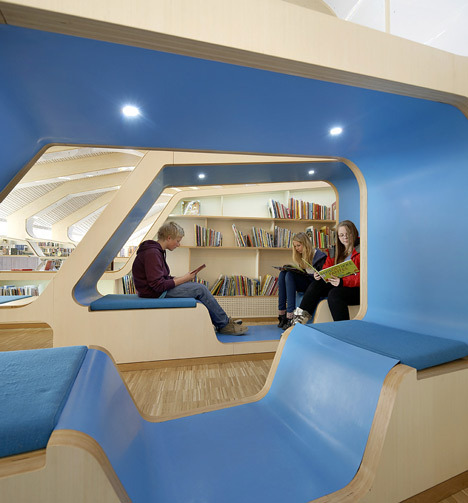
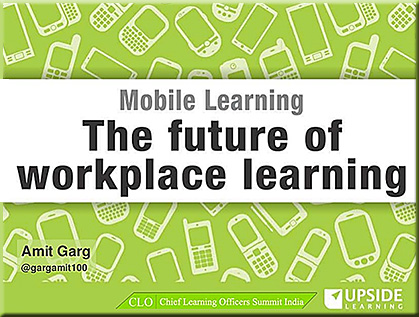
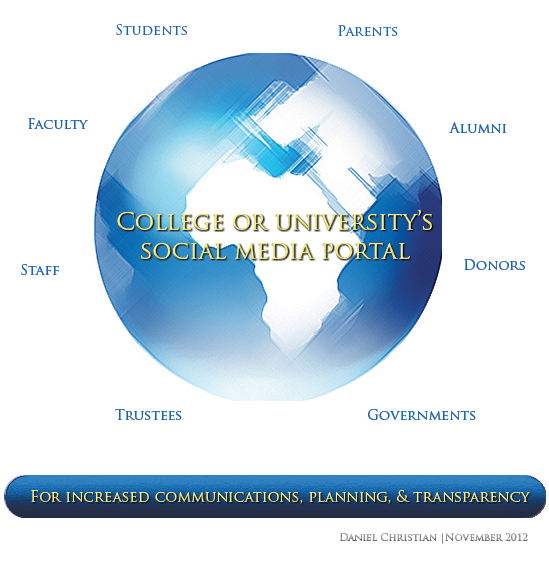

![The-Living-Class-Room-Daniel-S-Christian---July-2012 The Living [Class] Room -- by Daniel Christian -- July 2012 -- a second device used in conjunction with a Smart/Connected TV](http://danielschristian.com/learning-ecosystems/wp-content/uploads/2012/07/The-Living-Class-Room-Daniel-S-Christian-July-2012.jpg)

